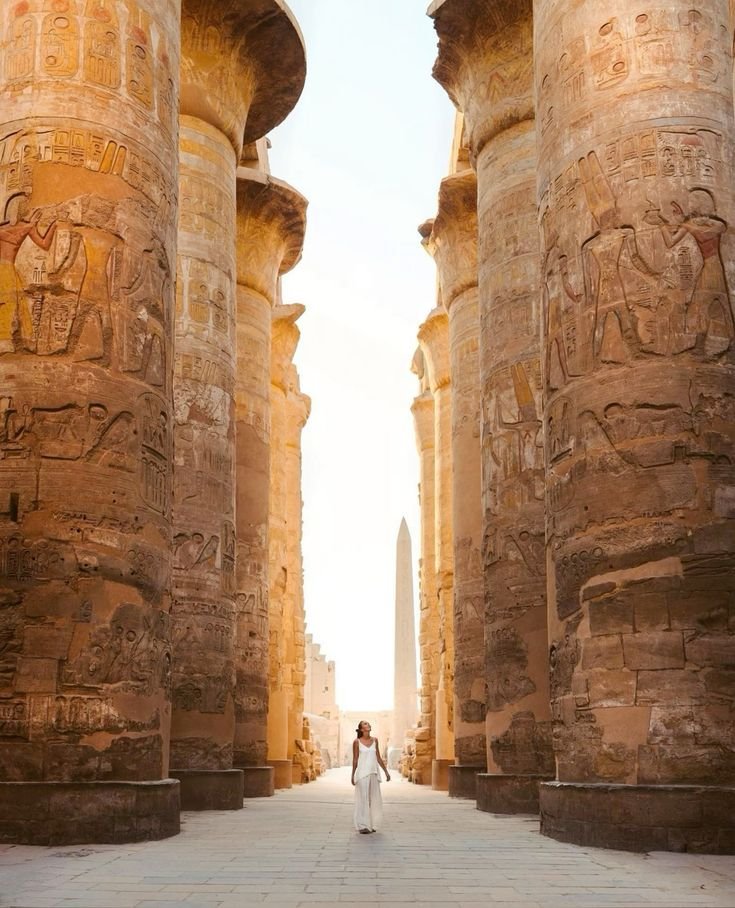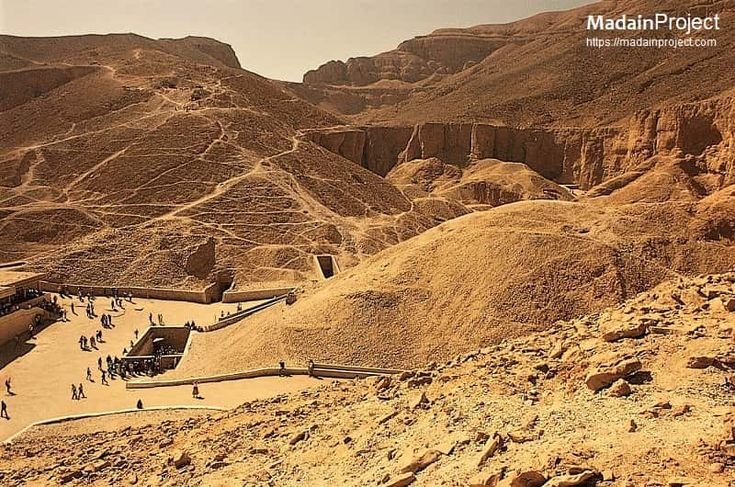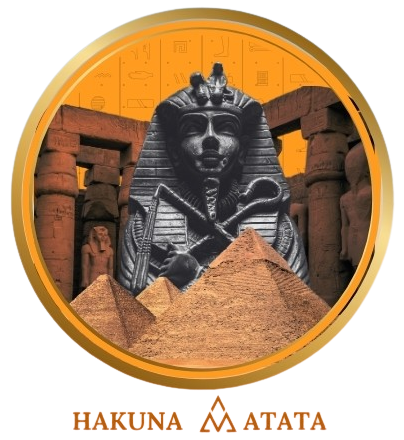Introduction The Valley of the Kings in Luxor, Egypt, is a globally captivating archaeological site. Have you ever wondered why it has this regal name? This article explores the historical reasons behind the "Valley of the Kings" moniker. It also ...[ read more ]
الوسم: Ancient Egypt

10 Amazing Karnak Temple Facts That Will Blow Your Mind
Introduction: Karnak Temple in Luxor is one of the most awe-inspiring attractions of ancient Egypt. Known for its colossal structures and rich history, this temple complex offers fascinating insights into the world of the pharaohs. In this article, we uncover ...[ read more ]


